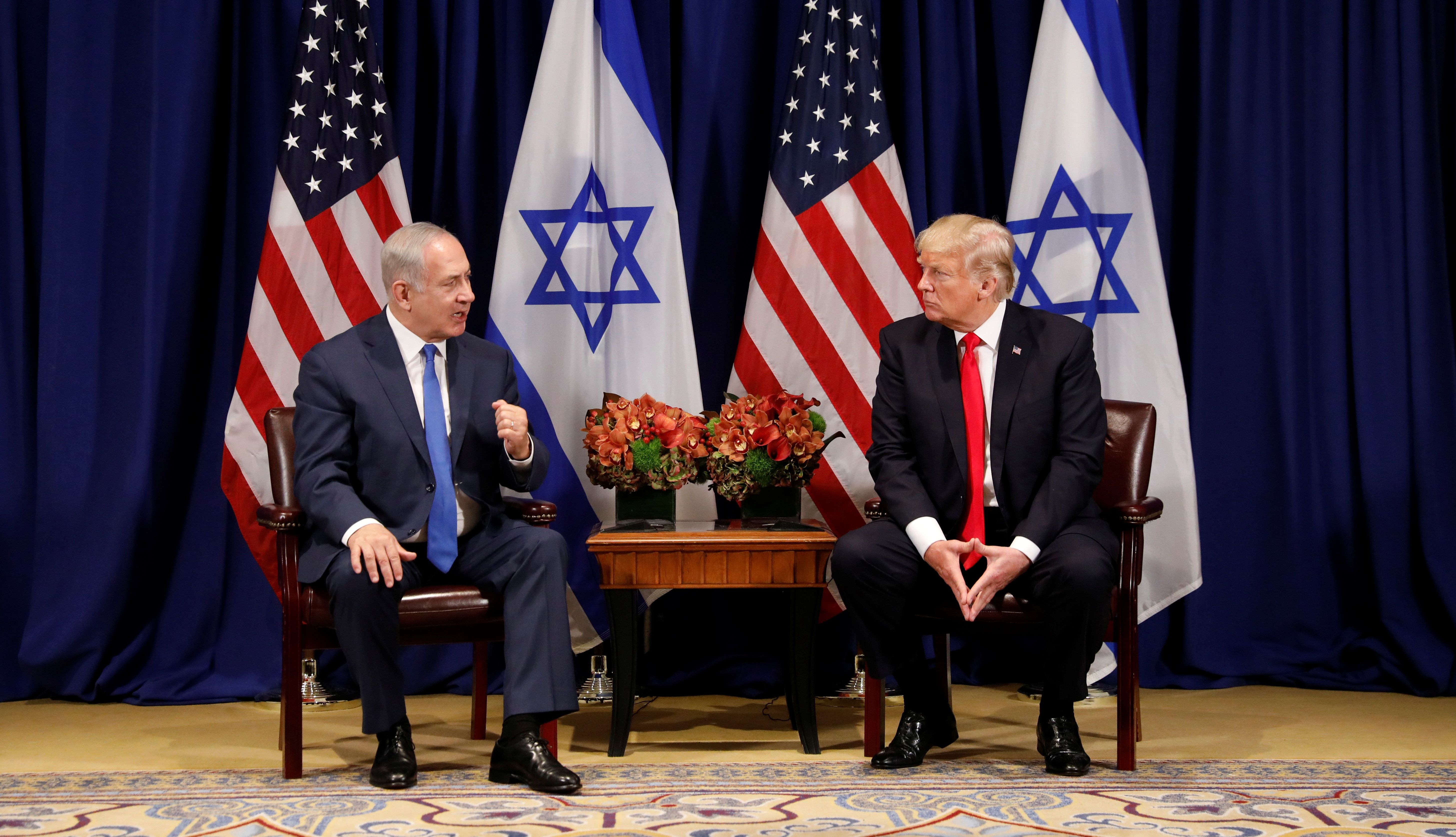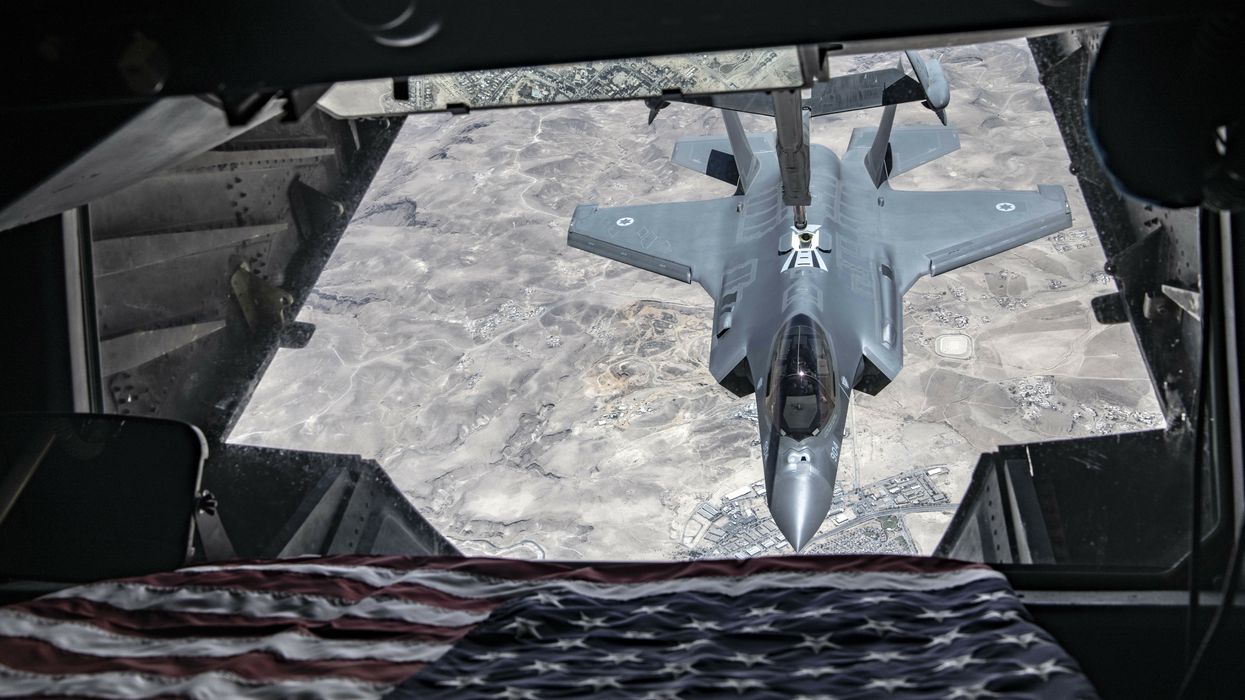President-elect Trump faces a tall order in the Middle East.
More than 13 months after Hamas’ terror attack against Israel on October 7, 2023, and Israel’s wars in Gaza and Lebanon, there is no end in sight to the violence. The Middle East remains on the brink of full-scale, region-wide war, with the potential for direct U.S. involvement. The decision by Washington to place itself at the center of these conflicts is a symptom of a broader self-defeating U.S. Middle East policy.
To fix this, Trump should center U.S. Middle East policy on two chief objectives: disentanglement and deprioritization.
The most immediate issue in the Middle East is America’s deep involvement in Israel’s wars in Gaza and Lebanon, and in the continued escalation between Israel and Iran.
From the very first days of the war in Gaza — and now, Lebanon — it was clear that Israel was in the driver’s seat, with the United States in tow. Washington’s regional strategy has been reactive in nature, often responding to developments with tepid warnings and empty threats while continuing to provide the arms, military aid, and diplomatic cover that allow Israel’s wars to continue.
In both Gaza and Lebanon, Israel’s wars are devoid of discrete and achievable political objectives.
In Gaza, Israel’s stated objectives are the total elimination of Hamas, and the return of the hostages seized during Hamas' attack on October 7. Yet, neither has been achieved. The Israeli defense establishment views these two objectives as mutually incompatible, and American officials believe Israel has accomplished all it can militarily in Gaza.
While Hamas is certainly battered and degraded, the group is far from eliminated and has resorted to guerilla tactics against the Israeli military, often popping up in locations Israel previously claimed to have cleared, and it maintains its ability to recruit volunteers. Israel is demanding a lasting military presence in the enclave — something Hamas has rejected as a precondition for a ceasefire and hostage deal.
Israel can degrade Hamas’ capabilities and kill its leaders, but without a route toward a new political equilibrium, violence will persist.
In Lebanon, Israel’s military campaign is growing, with Amos Hochstein, special adviser to President Biden on the Israel-Hezbollah conflict, recently claiming the situation has “escalated out of control.”
Israel’s stated objectives in Lebanon are destroying Hezbollah’s military infrastructure in the country’s south and returning the roughly 60,000 Israeli citizens displaced from Israel’s north. However, as in Gaza, Israel appears to be planning for a prolonged military presence in Lebanon. Hezbollah has ruled out negotiations so long as fighting with Israel continues, and is putting up a stiff resistance against Israeli forces despite major setbacks suffered by the group.
Hanging over both of these wars are the back-and-forth military exchanges between Israel and Iran. Washington has placed itself at the center of this escalatory cycle.
Washington has stood alongside Netanyahu as Israel risks — if not outright provokes — direct confrontation with Iran. Twice, the U.S. military has come to Israel’s defense as part of these tit-for-tat exchanges. U.S. troops in places such as Iraq and Syria have been attacked more than 170 times by Iran-backed groups since October 2023 over its embrace of Israel’s wars.
Before Israel’s most recent strike on Iran in October, Washington deployed the Terminal High Altitude Area Defense (THAAD) system along with 100 U.S. troops to operate the platform inside Israel, where it remains. In anticipation of another Iranian response, the United States is again sending additional military hardware and troops to the Middle East, and warned Iran that it will not be able to restrain Israel if Tehran attacks in response. For his part, Netanyahu believes his policies are “changing the strategic reality of the Middle East,” vowing to press forward until “total victory.”
America’s emphatic embrace of Israel’s wars carries real costs in terms of U.S. interests and regional stability. President-elect Trump should end Washington’s blank-check support for Netanyahu’s agenda, extricate itself from Israeli policy, and immediately begin disentangling itself from these conflicts.
The other central component of U.S. policy in the region is Washington’s enduring infatuation with Arab autocrats. America’s deep-seated relationships with countries such as Saudi Arabia, Egypt, the United Arab Emirates, and others is rooted in the “myth of authoritarian stability” that has pervaded U.S. Middle East policy for decades.
This view holds that regional dictators are the best guarantors of U.S. strategic interests in the Middle East and represent the only viable source of stability in the region. This account gets things backward. Rather than being the solution to the region’s issues, these actors exacerbate the greatest divide plaguing the Middle East: between these long-standing autocratic regimes and the people they rule over.
The disconnect between rulers and ruled is at the heart of an inherently unstable regional order upheld only through exclusion, intense repression, and security guarantees from the United States. By subsidizing this order, the United States has allowed its Middle East partners to act with impunity at home and abroad while disincentivizing liberalization.
Since before the October 7 attacks, the Biden administration has placed its stock in a multi-pronged “megadeal” in which Saudi Arabia normalizes relations with Israel as an extension of the so-called Abraham Accords. In return for normalizing relations with Israel, Saudi dictator Mohammed bin Salman would receive a formal security guarantee from the United States, and help develop his civilian nuclear program.
Despite both major parties in Washington depicting this deal as a panacea for the various problems afflicting the region, it is a terrible idea. Granting Saudi Arabia a formal security guarantee would legally commit the United States to defend one of the most autocratic states in the world, and a principal source of instability across the Middle East. Such a deal would also provide a framework for other regional actors to pressure Washington into similar concessions. This is a recipe for entrapment.
This is why American attempts at politically engineering the Middle East have been an exercise in futility. They have repeatedly backfired, resulting in tremendous political, human, and economic costs, with virtually nothing to show for them.
The Middle East often assumes an outsized role in U.S. foreign policy at the expense of far more pressing policy issues facing the United States. The region no longer represents a core theater of U.S. strategic interests. The interests that the United States does maintain in the region — such as the free flow of oil, countering terrorist threats to the homeland, and preventing the emergence of a regional hegemon — are easily achievable, and do not warrant current (or greater) levels of U.S. involvement.
America’s continued — and expanding — entanglements in the Middle East risk overextending the United States as Washington remains waist-deep in assisting Ukraine against Russia’s invasion and attempting to deter China in the Indo-Pacific. Worse, with a national debt approaching $36 trillion and the United States running $1.5 trillion-plus budget deficits, American foreign policy risks plunging the United States toward economic crisis. Maintaining current levels of U.S. involvement in the Middle East is unsustainable.
President-elect Trump has an opportunity to change all of this, by disentangling itself from the region’s conflicts, deprioritizing the Middle East, and fundamentally altering course. Failure to do so will result in the United States continuing to face problems of its own making.
- Forget 'peace,' did Abraham Accords set stage for Israel-Gaza conflict? ›
- Trump really doesn't want to talk about Israel ›
- Killing the Iran nuclear deal was one of Trump's biggest failures ›
- Netanyahu at the White House: Can he read the new room? | Responsible Statecraft ›
- Trump appears all in for Netanyahu's political survival | Responsible Statecraft ›
















